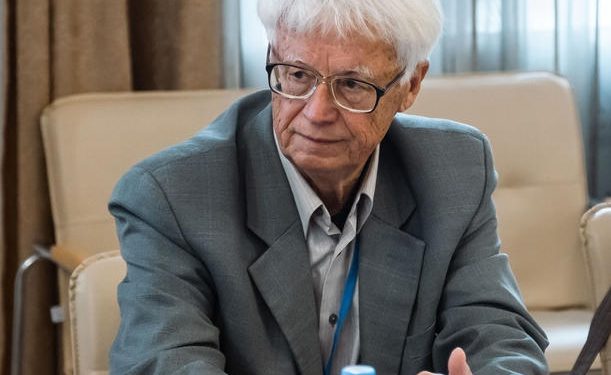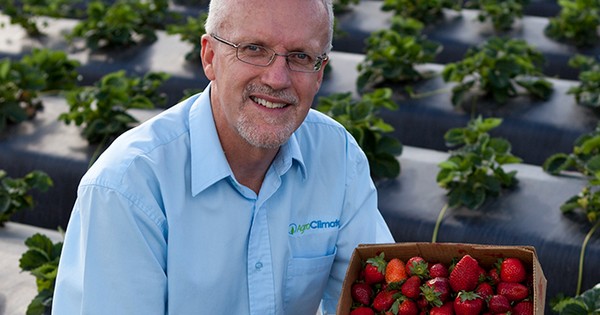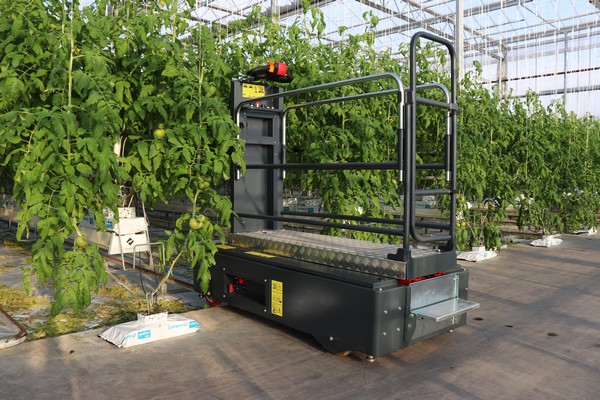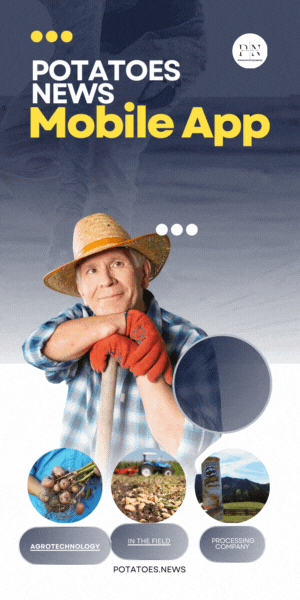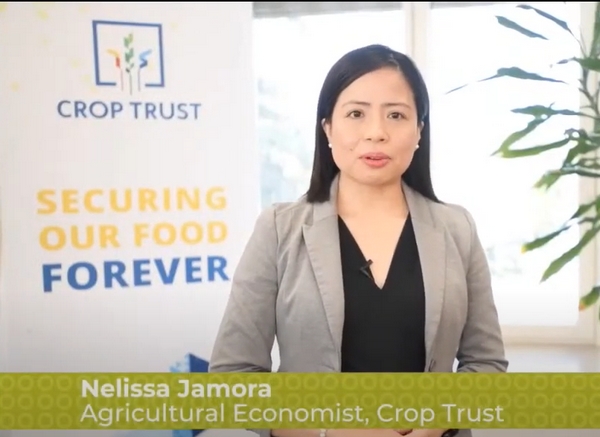The Altai State Agrarian University hosted an international scientific conference “Evolution of soils and the development of scientific ideas in soil science”, dedicated to the 90th anniversary of the birth of the Honored Scientist of the Russian Federation, Doctor of Agricultural Sciences, Professor of the Department of Soil Science and Agrochemistry of the Altai State Agrarian University Lidia Burlakova (1932-2011). More than 80 scientists from Russia, Turkey, Kazakhstan and Belarus took part in the conference. One of the main guests was Boris F. Aparin, Doctor of Agricultural Sciences, Professor of St. Petersburg State University, Vice-President of the V.V. Dokuchaev Society of Soil Scientists of Russia, scientific director of the V.V. Dokuchaev Central Museum of Soil Science (St. Petersburg). The well-known scientist spoke about how soil science helps in solving problems of food security and what agriculture of the future should be.
– In society, it is not customary to treat soil as a strategic resource of the state, unlike oil and gas, for example. It was only when Ukraine started selling chernozem to the west that the media started talking about the importance of this natural wealth. What are the challenges facing soil science today?
– First of all, it is ensuring food security. Actually, to solve this problem, soil science as a science was created by Vasily Vasilyevich Dokuchaev at the turn of the XIX-XX centuries. In total, only 22% of the land on our planet is occupied by highly fertile arable land. At the same time, in the course of its history, humanity has already lost more than 1 billion hectares of such lands due to the processes of soil degradation, flooding, urbanization, etc. The population of the Earth is growing, and arable land is becoming less and less! Modern technologies only allow us to solve the problem of land fertility to some extent. Yes, we can get good harvests today. But the question is: at the expense of what? How will this affect the state of the soil in the future?
For Russia, the problem of soil resources is very relevant. About 30% of our soils are degraded. 40 million hectares, almost a third of the land, have become fallow, that is, they have ceased to be cultivated.
So, without assessing the agroecological potential of soils, it is impossible to solve the problem of food security of the country. And this assessment of soils has not yet been fully done.
– What are the reasons?
– Part of the reason lies in the soil science itself, which, being a young science, has been locked in self-development for a long time, has not always focused on solving applied problems. On the other hand, agrochemistry was actively developing in our country, which had its negative consequences. It was once believed that chemistry could solve the problem of soil fertility. But now it turned out that the consequence of the use of agrochemistry is soil degradation. After all, the soil is a living, actively functioning system. Meanwhile, due to agrochemistry, we have learned to manage only the food regime of plants. Today it is obvious that modern farming systems should be soil-preserving. So far in the history of mankind there have been only such farming systems that led to one or another destruction of soils. There is an urgent need to create rehabilitation systems of agriculture.
– Are there other challenges?
– yes. Paradoxically, until now, soil science has dealt only with the soils of agricultural lands. As if there were no soils in the forests at all?! But the problem of soil degradation is also relevant here. Our country has a great forest wealth, and the prospects for the effective development of forestry are very important for Russia. This is impossible without soil science.
Another challenge is climate problems, which have already become a byword. How will climate change affect the changing potential of soils? Will their forest-growing properties, for example, change? Let’s not forget that the soil gives up to 30% of CO2 emissions. Any use of the soil leads to a change in this value. For example, the loss of humus, dehumidification, leads to an increase in CO2 emissions. And here the issue is already moving into the sphere of economics and politics, since it is directly related to the establishment and distribution of quotas for greenhouse gas emissions.
All these problems would be solved faster if a law on soil was adopted, which scientists have been trying to achieve for more than one year.
– You represent the Central Museum of Soil Science named after V.V. Dokuchaev in St. Petersburg. The Altai State Agrarian University has the only Soil Museum in the region. How can such repositories of soil standards affect the solution of the challenges facing modern soil science?
– Several areas of activity are touched upon here. Firstly, despite the fact that Russia is the birthplace of soil science, our level of knowledge of the general public about the soil is lower than in Europe. In my opinion, the school pays negligible attention to the issues of soil science. Hence, an insufficiently attentive attitude to the soil in society as a whole is already being formed. It is gratifying that the government has decided to celebrate the 100th anniversary of the V.V. Dokuchaev Soil Institute in 2027. Organizational work has begun, which provides for a significant amount of educational activities, which, I hope, will spur interest in the profession, in the topic of soil conservation in general.
– Several areas of activity are touched upon here. Firstly, despite the fact that Russia is the birthplace of soil science, our level of knowledge of the general public about the soil is lower than in Europe. In my opinion, the school pays negligible attention to the issues of soil science. Hence, an insufficiently attentive attitude to the soil in society as a whole is already being formed. It is gratifying that the government has decided to celebrate the 100th anniversary of the V.V. Dokuchaev Soil Institute in 2027. Organizational work has begun, which provides for a significant amount of educational activities, which, I hope, will spur interest in the profession, in the topic of soil conservation in general.
– Artificial environments that are actively used today, for example, in hydroponics, can eventually replace the soil?
– Never! Today, about 95-97% of food we get through cultivation of the soil. The rest is due to hydroponics. These are mainly greenhouse farms. To compensate for the use of soil resources, it will be necessary to build colossal greenhouse complexes around the world. It’s unreal. In addition, such volumes of hydroponics use will require an appropriate amount of water and electricity, and these resources are also not in abundance on our planet! In some regions, for example, in the north, hydroponics is the only way to conduct crop production, and there it is quite justified.
The other side is the quality of agricultural products. Hydroponic culture will never give a person what nature gives. I always tell my students: “The soil is a bio–bony body saturated with microorganisms.” The soil microbiome is more complex than the human microbiome! Due to the saturation of these microorganisms, the processes of soil formation, its respiration function, the release of elements of the food regime, etc. occur. Almost like a human. Soil is a polychemical system. It contains almost all the elements of the periodic table, of course, in different ratios. The soil is a polymineral system containing more than 3,000 minerals. All this eventually creates a different rate of release of chemical elements. It is impossible to simulate, to create artificially, but it would simply be economically unprofitable.
– Let’s return to the topic of preserving soil standards…
– Finally, reference museum samples of soil monoliths allow for retrospective monitoring and forecasting of changes in soil resources. For example, will we be able to ensure the growth of agricultural products on these arable lands in the conditions of climate change? The analysis of soil monoliths of undisturbed structure selected at different times, having an accurate temporal and spatial reference, allows us to build forecast models. There are more than 400 such monoliths in our museum. For some regions of Russia, we have monoliths selected at the beginning of the twentieth century and in a later period, which provides a basis for comparison. These are Leningrad, Voronezh, Volgograd regions, where monoliths have been collected since 1927. For example, we conducted a study of the content of natural radionuclides (caesium, thorium, radium, potassium-40) in some European regions of the Russian Federation. There have been disputes about whether these elements have a natural or non-natural origin in soils. It turned out that in the monoliths selected before the era of the beginning of nuclear tests, there is no cesium at all!
Or, for example, such an analysis allows us to determine how crops have a destructive effect on the soil when the structure of the soil is disturbed, erosion, dehumidification, dehydration, depletion of the soil with a drop in yield occurs. Corn and sunflower are the leaders here. And the rejection of crop rotation only worsens the situation when growing these crops.
And this is only part of the scientific problems of soil science. I am sure that in the near future our science will determine the development of new farming systems.
The material is provided by the press service of the ASAU, published in an abridgment
A source: https://sectormedia.ru

